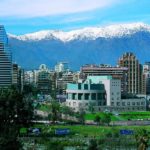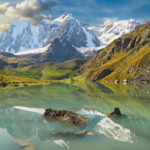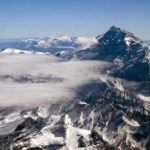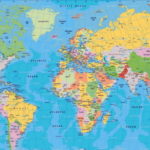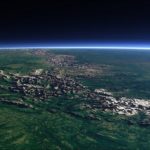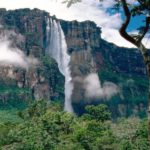15 interesting facts about the Andes
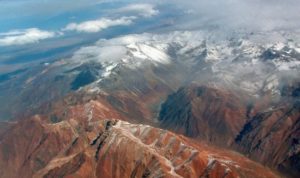 Undoubtedly, the Andes can be called one of the most impressive and powerful mountain ranges of the Earth. Stretching across all of South America, they divided this continent into two unequal parts. In the foothills of the Andes, numerous peoples conceived, lived and disappeared, of which only ruins now remain. These mountains are rightfully considered the cradle of many different civilizations.
Undoubtedly, the Andes can be called one of the most impressive and powerful mountain ranges of the Earth. Stretching across all of South America, they divided this continent into two unequal parts. In the foothills of the Andes, numerous peoples conceived, lived and disappeared, of which only ruins now remain. These mountains are rightfully considered the cradle of many different civilizations.
About 25% of all coffee in the world is grown on the mountainsides of the Andes, mainly in Brazil and Colombia.
Such cultures now widespread around the world, such as tomatoes and potatoes, first appeared here, in the Andean Cordilleras – this is the second name of this mountain system.
The wingspan of the Andes living in the Andes, huge birds of prey, can reach three meters.
The length of the Andes exceeds the length of Russia from the westernmost point to the easternmost.
The Incas once lived here, whose empire was later crushed by the Spanish conquistadors.
It is here, in the Andes, at an altitude of 6390 meters that the highest mountain lake on Earth lies, frozen all year round.
The Andean Cordillera mountain range is not young, even by geological standards. It began to form around 200 million years ago.
Ojos del Salado, the world’s highest volcano (as much as 6893 meters!), It is located in the Andes.
Located in the Andes, the Bolivian city of La Paz, lying at an altitude of about 3700 meters above sea level, is the highest mountain capital in the world.
The Andes are located in seven different states.
Mount Aconcagua, one of the Andean peaks, is the highest peak of our planet from those located outside of Asia.
Andean Cordillera, stretching from north to south, lie in five different climatic zones.
At an altitude of more than 4,500 meters in the Andes are eternal snows that never melt at all.
It is the Andes that are the longest mountain range on our planet. In length, they exceed 9 thousand kilometers.
Many endemic plant and animal species in the Andes may soon disappear forever due to environmental pollution in general and this area in particular.


